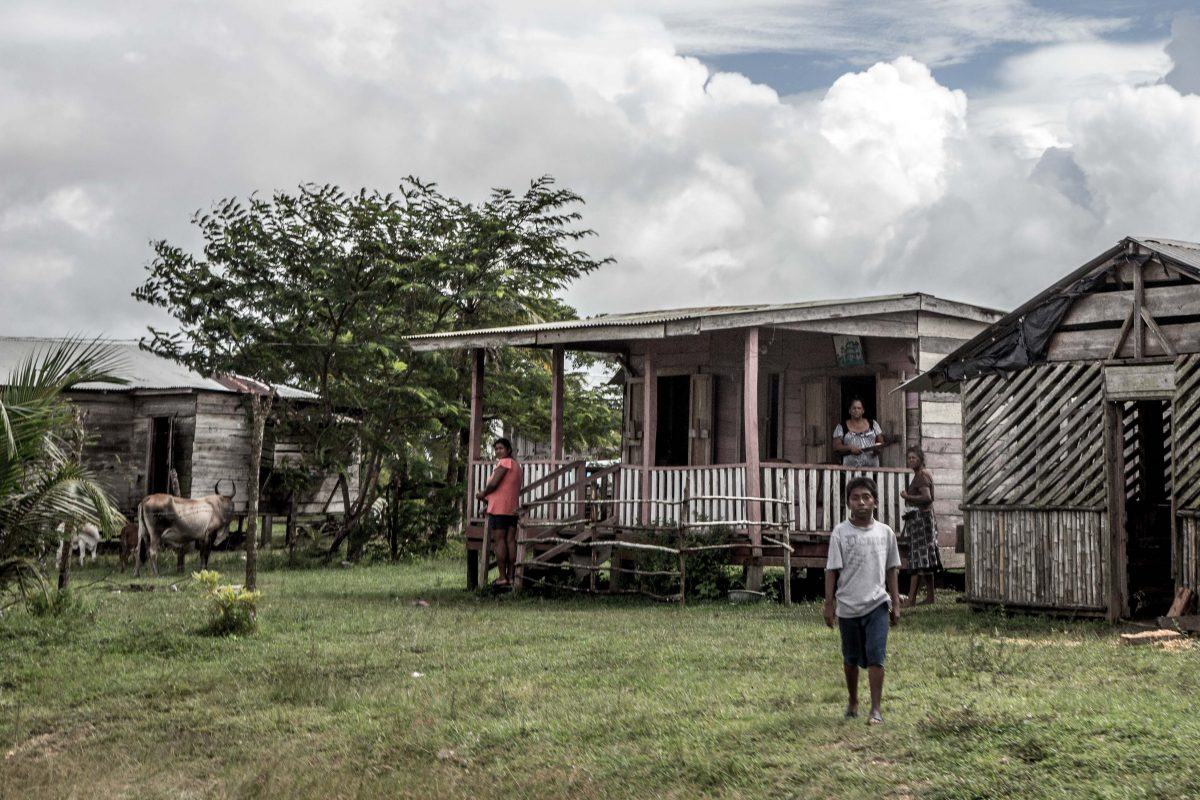






The Caribbean Coast of Nicaragua has been affected for years by poverty and a systematic violation of the right to collective ownership of the Mayangna indigenous community (also known as Sumu) of Awas Tingni, located in a protected area in the North Atlantic Autonomous Region. In the nineties, the Nicaraguan government granted logging rights in this zone to a South Korean company called SOLCARSA. Due to this situation, the Mayangna people took action and started a process with the Inter-American Human Rights System that ended with a judgment of the Court in August 2001, ordering the State of Nicaragua to delimit, demarcate and title the territories of the indigenous communities.
Thanks to this judgment, Law No. 445 was implemented in 2005 and it initiated a process of demarcation and titling of territories. The last stage of this process requires the State to guarantee to the indigenous people the effective use and enjoyment of their lands in the face of the occupation by illegal settlers, who claim to have legally acquired those properties within the Mayangna territories.
The settlers are natural or legal persons who claim to have legal properties within the titled territories despite existing regulations applicable to the communal property that prevents the acquisition of any type of rights over it. For their part, the indigenous populations allege an invasion by settlers, who have occupied and settled illegally in their ancestral territories and who tries to show illegitimate titles that appear to grant legal status to their occupation.
During most of 2015 the consequences of this situation have reached tragic events, causing murders, kidnappings, and lootings by the illegal settlers in the Miskito communities of La Esperanza, Santa Clara, Wiscosin and Francia Sirpi, located in the Autonomous Region of the North Caribbean Coast. Six people lost their lives and ten were kidnapped within four months.
In 2015, the Center for Justice and Human Rights of the Atlantic Coast of Nicaragua (CEJUDHCAN by its Spanish acronym) and the Center for Justice and International Law (CEJIL) requested protection measures from the Inter-American Commission on Human Rights, which requested the State of Nicaragua to take action on protecting the indigenous communities that were in a critical situation with their lives and integrity at risk. These measures were also granted to the human rights defenders of CEJUDHCAN who are threatened by the work they do in those communities.
As the State of Nicaragua did not show real commitment to improving the situation, on September 1, 2016, the Inter-American Court of Human Rights ordered to the State to begin the immediate implementation of actions to stop the violence against the communities of Klisnak, Wiscosin, Wiwinak, San Jerónimo and Francia Sirpi and against those who have been displaced and wish to return to their lands. The Court also ordered the creation of an interdisciplinary body of researchers, government representatives, Miskito communities, and settlers to determine the causes of the conflict and propose solutions.
Help us continue this critical and urgent work with a donation!
DONATE NOW